OpenAI Offers ChatGPT Go Free in India: What’s Behind This Big AI Giveaway?
What Is ChatGPT Go and How It Fits in OpenAI’s LineupPrior to engaging with the strategy, it is essential to know the positi
- by Shan 2025-10-28 12:19:11
In an announcement that is certain to make waves in India's rapidly expanding AI sector, OpenAI disclosed that its ChatGPT Go plan will be entirely free for Indian users for one year, starting on November 4, 2025.
The point of interest here is not just the free offer but the glimpse into OpenAI’s long-term plans for the country, which is one of the fastest-growing AI markets globally.
So what is ChatGPT Go? How come OpenAI made it free all of a sudden? And most importantly, what does it mean for Indian users and the students and startups that have immediately become some of the most eager and active adopters of AI in the world?
Let’s unpack it.
What Is ChatGPT Go and How It Fits in OpenAI’s Lineup
Prior to engaging with the strategy, it is essential to know the position of ChatGPT Go.
When OpenAI rolled out this mid-tier plan in India during August 2025, the price was ₹399 per month, positioning (it) somewhere between the free ChatGPT plan and the premium ChatGPT Plus plan ( ₹1,999/month).
The Go plan offered:
Higher message limits
Faster response times
Access to image generation and uploads
Longer context memory for more personalized and connected conversations
In a nutshell, ChatGPT Go provided users all the capabilities of advanced AI without the complete Plus price.
OpenAI is eliminating one of the biggest impediments to adoption cost by offering it for free as a in the next year across India.
Why India? The Numbers Tell the Story
Sam Altman has called India “one of OpenAI’s most exciting and fastest-growing markets.” And the data backs that up.
India is currently the second largest market for OpenAI in the world, following the U.S.
The country has experienced rapid growth in paid ChatGPT users since the launching of a Go tier, which has increased subscription numbers more than two-fold in the last three months.
Running at $2.00 per month, the Go tier pricing is significantly lower than the other tier pricing of $20. Altogether, India's youthful, tech-first population with over 750 million internet users is a great test bed for the popularity of AI adoption.
OpenAI's strategy isn't just to give away software free for a year, but instead to earn user loyalty and data intelligence.
It's a long-term play: engage millions of Indian users to understand ChatGPT Go's capabilities and when the free period ends, many will remain because of the utility, memory, and premium experience.
The Timing: Not a Coincidence
The decision to make ChatGPT Go free in India comes amid intense competition in the AI space.
Here’s what’s happening:
Google recently made its AI Pro membership (worth ₹19,500) free for students for a year.
Perplexity AI, another fast-growing rival, partnered with Airtel to give premium access to its AI search engine for free.
OpenAI is making a strategic move rather than a benevolent one.
This is the AI subscription war, with India as the battleground.
By taking down a barrier to entry, OpenAI guarantees millions of new Indian users try ChatGPT Go before ever thinking about the competition.
What Indian Users Will Get With ChatGPT Go (Free Plan)
The free ChatGPT Go plan coming to India offers many of the benefits previously limited to paying users.
Here’s a quick snapshot:
This means Indian users from freelancers and marketers to students and developers will get access to a much more powerful AI experience without paying a rupee.
Also Read: Airtel Offers Free Perplexity Pro AI Search Subscription Worth ₹17,000 to Eligible UsersThe Bigger Picture: OpenAI’s India Master Plan
When Nick Turley, VP and Head of ChatGPT, said “We’ve been inspired by how India is using ChatGPT Go,” it wasn’t just praise it was a signal.
OpenAI’s strategy for India seems to revolve around three key goals:
1. Building a Massive User Ecosystem
India has indeed become an experiment in AI-driven creativity, ranging from small businesses producing marketing to students employing AI for projects and even coders automating work.
By making ChatGPT Go free for a year, OpenAI can position itself at the center of India's AI ecosystem.
2. Gathering Regional Insights
By growing its active user base, OpenAI can learn more about the ways in which Indian users engage with AI, data that can be used to inform potential future products, localization, and language support for Indian dialects.
3. Beating Rivals Early
The competition in AI is not just about who has the best model, it is also about who owns the relationship with the user.
By making the early investment in India, OpenAI is making sure that whenever monetization comes back in 2026, its brand loyalty and daily user base are already ahead by miles.
Why This Move Matters for Indian Users
This isn’t just about access; it’s about empowerment.
Here’s what this could mean for different segments:
For Students
Access to GPT-4 level tools can transform how students research, summarize, and create projects.
AI literacy is becoming as important as digital literacy and this move could give millions of young Indians a head start.
For Startups
India’s startup scene especially in tech and SaaS thrives on productivity and automation.
Free access to advanced AI means faster prototyping, smarter marketing, and cost-efficient scaling.
For Professionals & Creators
With sophisticated AI now available to marketers, content creators, designers, and educators, budget barriers have been removed.
In 2024, you will see an explosion of AI-driven content, campaign concepts, and creative workflows.
A Subtle Shift: From Global Product to Local Strategy
For the first time, OpenAI’s India push feels deeply localized.
The launch of ChatGPT Go at a India-first price (₹399)
Now, the India-only free access for a full year
And the timing ahead of OpenAI’s first DevDay Exchange event in India
These moves suggest that OpenAI is no longer treating India as a secondary market, but rather as a frontline growth driver for its global AI ambitions.
What Happens After the Free Year?
This is the million rupee question.
After users have had the ChatGPT Go experience for 12 months, some may struggle to go back to basic.
This is near the time when OpenAI can reintroduce payment plans, perhaps localized pricing, education discounts, or partnerships with telecom like what Perplexity did with Airtel.
The point is that the "free" part is just the beginning of a much broader strategy, its not the end goal.
AI Subscription Wars: The New Internet Revolution
What’s unfolding in India right now feels similar to the early 2010s internet boom, when Jio made mobile data nearly free, triggering a digital revolution.
Now, AI companies are taking a similar route: drop prices, onboard millions, and then build an ecosystem around usage.
The next 12 months could decide who dominates India’s AI future, not through marketing, but through accessibility.
Summary: India at the Center of the AI World
OpenAI’s move is more than a pricing decision, it’s a signal.
A signal that India is no longer just a market, it’s the stage where the global AI future is being built.
For millions of Indian users, this means:
Access to advanced AI tools once considered “premium”
A chance to learn, build, and innovate at global standards
A front-row seat in the world’s fastest-moving tech revolution
As Sam Altman himself said, “India’s scale and creativity make it one of the most important places for AI’s future.”
And starting November 4, every Indian user will get a chance to see exactly what that future looks like, one prompt at a time.
Also Read: OpenAI Offers ChatGPT Go Free in India
POPULAR POSTS
The Agentic Revolution: Why Salesforce Is Betting Its Future on AI Agents
by Shan, 2025-11-05 10:29:23
Zoho Products: Complete List, Launch Years, and What Each One Does
by Shan, 2025-10-13 12:11:43
Arattai vs WhatsApp: Which Messaging App Should You Choose in 2025?
by Shan, 2025-10-10 11:55:06
Top Buy Now Pay Later (BNPL) Apps for Easy Shopping in 2025
by Shan, 2025-09-22 10:56:23
iPhone 17 Sale in India Begins: Full Price List, Launch Offers and Store Availability
by Shan, 2025-09-19 12:00:45
Apple September 2025 Event Recap: iPhone 17, iPhone Air, Apple Watch Series 11, and India Pricing Revealed
by Shan, 2025-09-10 09:55:45
ChatGPT Down? Global Outage Reports Surge as OpenAI Remains Silent
by Shan, 2025-09-03 11:07:05
RECENTLY PUBLISHED
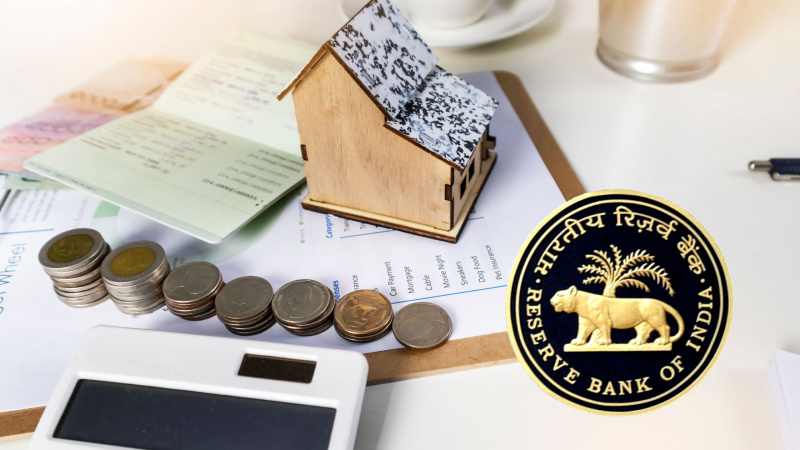
Loan EMIs to Drop as RBI Slashes Repo Rate - Full MPC December 2025 Highlights
- by Shan, 2025-12-05 11:49:44
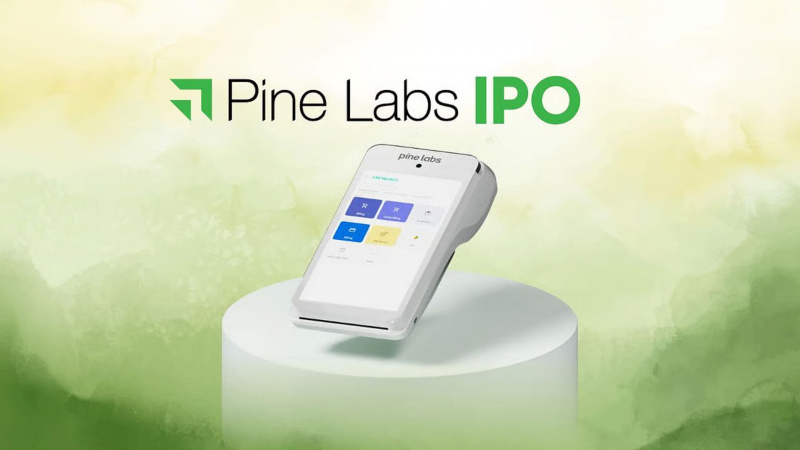
Pine Labs IPO 2025: Listing Date, Grey Market Premium, and Expert Outlook
- by Shan, 2025-11-05 09:57:07

Top 10 Insurance Companies in India 2026: Life, Health, and General Insurance Leaders Explained
- by Shan, 2025-10-30 10:06:42

Best Silver Investment Platforms for 2025: From CFDs to Digital Vaults Explained
- by Shan, 2025-10-23 12:22:46
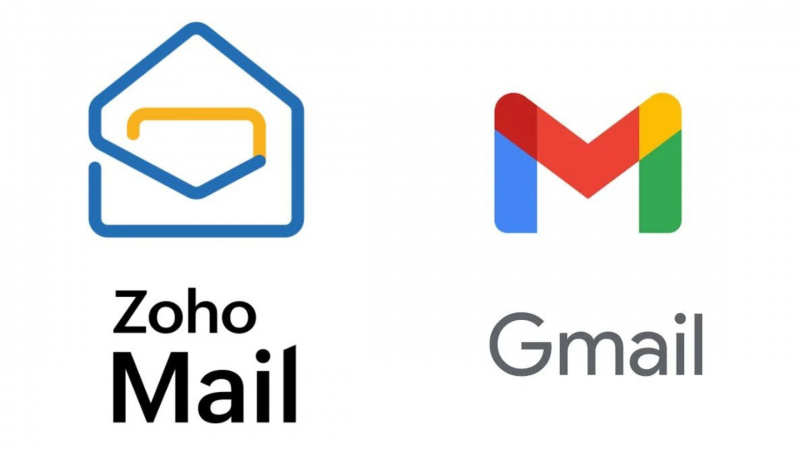
Zoho Mail vs Gmail (2025): Which Email Platform Is Best for Businesses, Startups, and Students?
- by Shan, 2025-10-09 12:17:26
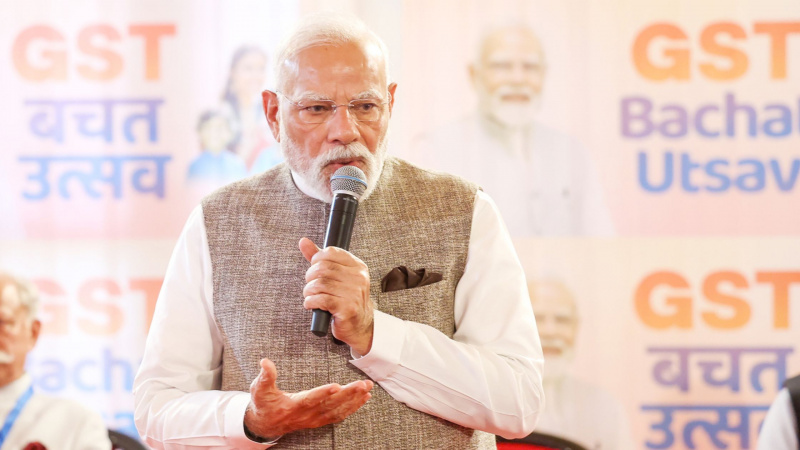
PM Modi Launches GST Bachat Utsav: Lower Taxes, More Savings for Every Indian Household
- by Shan, 2025-09-24 12:20:59


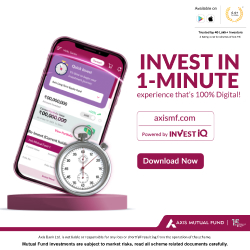
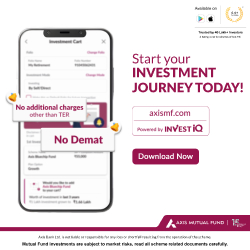
 Subscribe now
Subscribe now 